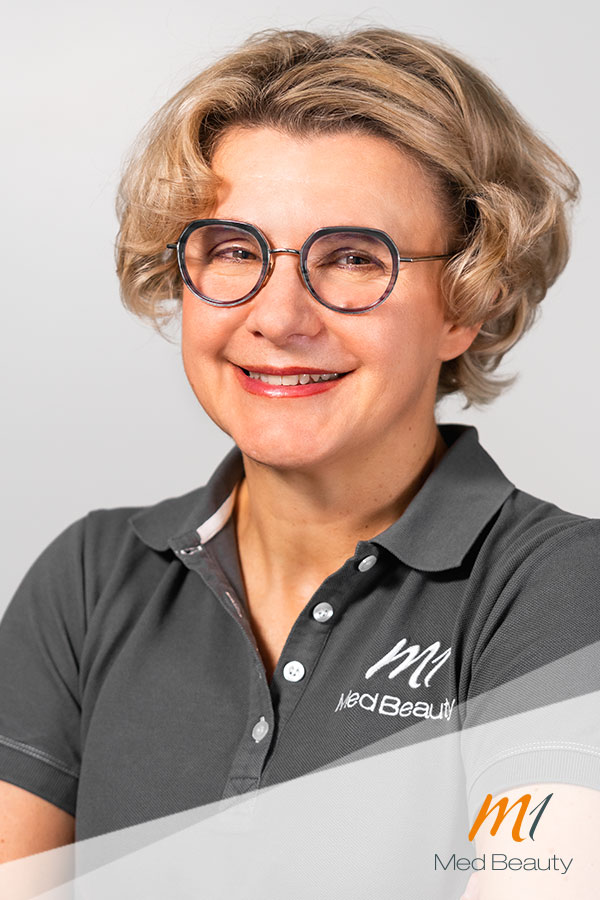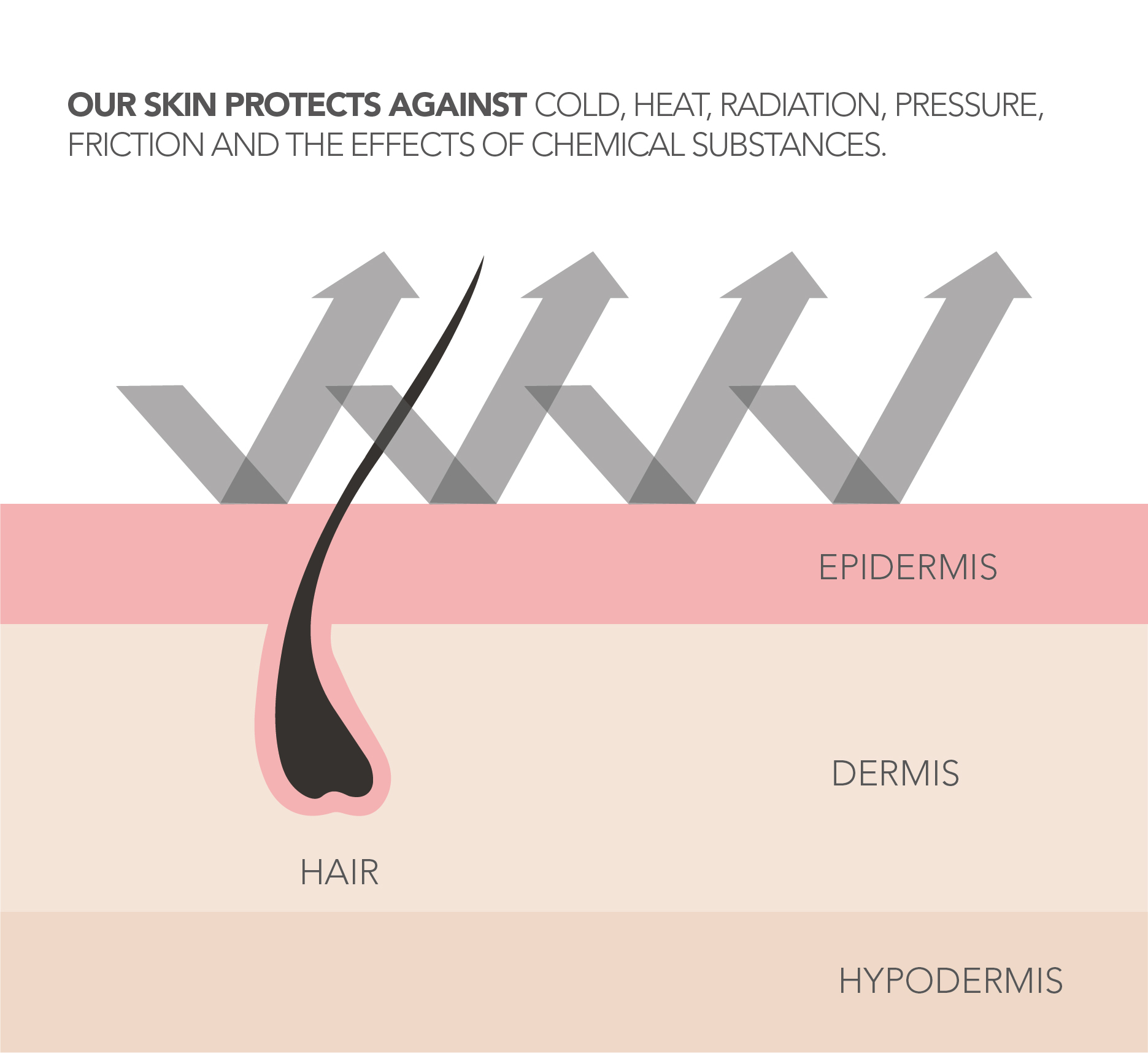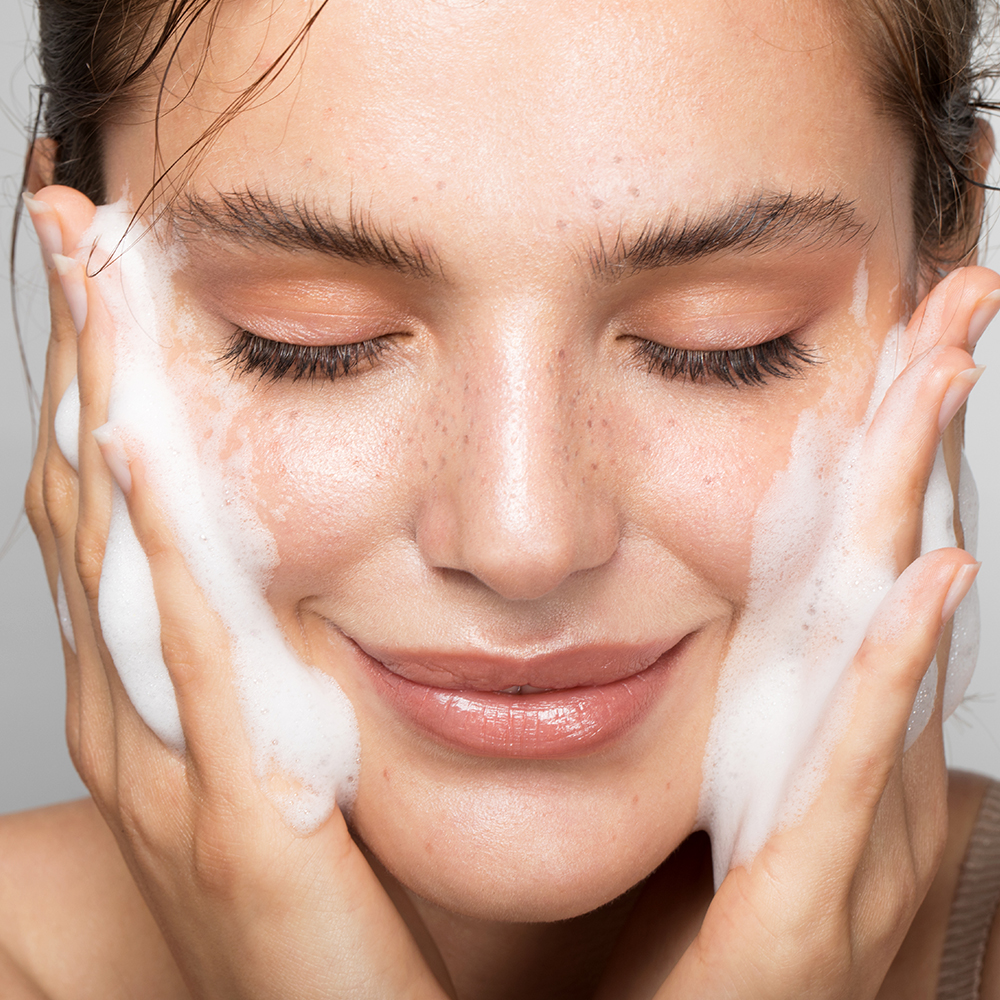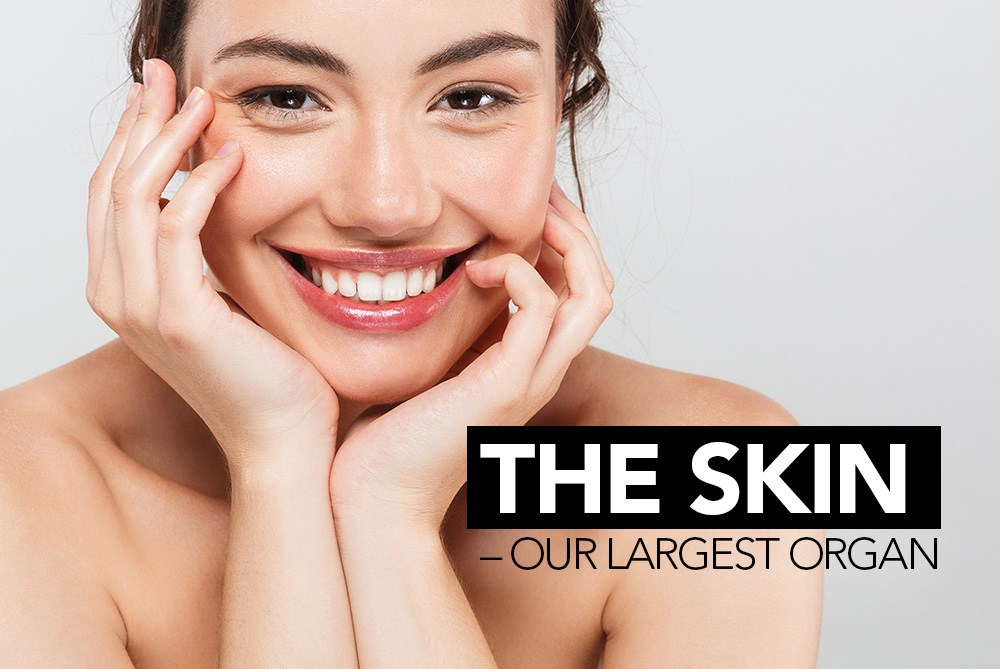general
THE SKIN – our largest organ

What exactly is our skin? And what do we need it for?
Dr. Univ. Ulrike Plut, specialist in dermatology, Venereology and doctor in the field of aesthetic medicine at M1 Med Beauty knows what she is talking about and has explained to us the benefits of our largest human organ in detail.
Our skin is not just a shell that represents the border between the “us” and the environment. With a surface area of 2 meters squared and a weight of 3kg, it is the largest “organ” of the human body. Its structure is complex and its functions are diverse.
Our skin varies in thickness in different regions, between 1.5 – 4mm. the skin is at its thinnest around the facial area, especially around the eyelids. Hence the skin is particularly sensitive here.
Our skin consists of several layers. The outermost layer is called the epidermis. The cells of the epidermis are regenerated constantly. They need around 28 days to migrate from the lowest layer to the uppermost layer. During this time, the skin cells mature according to a predetermined plan. Once they reach the surface of the skin, they are called horny cells (corneocyte).
The corneocytes are protected by a kind of “cement” and together form the Stratum corneum (Horny layer). The Stratum corneum is very thin, (10 – 100 micrometers), translucent, tear-resistant and almost completely impermeable to water and water-soluble substances that covers the body like a plastic membrane. It is the base of the skin’s barrier function and seals the skin to the outside, Thus preventing our body from drying out and stopping foreign substances such as pathogens or allergens from penetrating.

The intactness of the Stratum corneum depends largely on its pH value (acid mantle of the skin). An overly high pH value leads to accelerated degradation of the Stratum corneum and thus disturbing the important barrier function. The skin becomes dry, flaky and inflamed. This neither looks or feels good.
However, the skin is not only a protective organ that shields us from dehydration and damaging environmental influences such as sun, heat, cold, wind and air pollution. Not to be underestimated is the great importance of how healthy Skin influences our individual quality of life. The appearance of our skin contributes significantly to how we are perceived by our fellow human beings. Taut, smooth skin is a visible expression of health, vitality and last but not least, beauty.
When you think for a moment about the services our skin has to perform every day, it is rather surprising that it can still be beautiful on top of everything else. However, it can. We should be a little more gracious with it though, not expecting it to be compared with the even complexion of the omnipresent, photo-shopped Instagram models.
In a vain effort to bring this unattainable goal within reach, many women feel tempted to use aggressive cleansing and care routines that ultimately do more harm than good to the skin, Even making the skin sick at times.
So let us learn to appreciate our dear skin, even if it is not perfect! It is not a lifeless image that can be reworked at will with the computer, but our living shell that surrounds us like a smooth protective shield.

MY TIPS FOR HEALTHY SKIN:
- It is entirely sufficient to gently massage the skin clean twice per day. aggressive cleaning methods and frequent peelings should be avoided, as they disrupt the skin barrier which can make the skin flakey, dry, and even sick. An example for this would be perioral dermatitis, a persistent skin disease caused by a disorder of the Skin barrier due to an excess of cosmetics, which many young women suffer from.
- Healthy nutrition, sufficient fluid intake (preferably water), enough sleep and exercise in fresh air are the basic requirements for healthy, beautiful skin.
- Lack of sleep, alcohol and cigarette smoking are not only harmful to our health but they also make our skin look pale and accelerate the ageing process.
- Very important is also a consistent sun protection with a high Sun protection factor for UVA and UVB radiation.

 Deutsch
Deutsch
